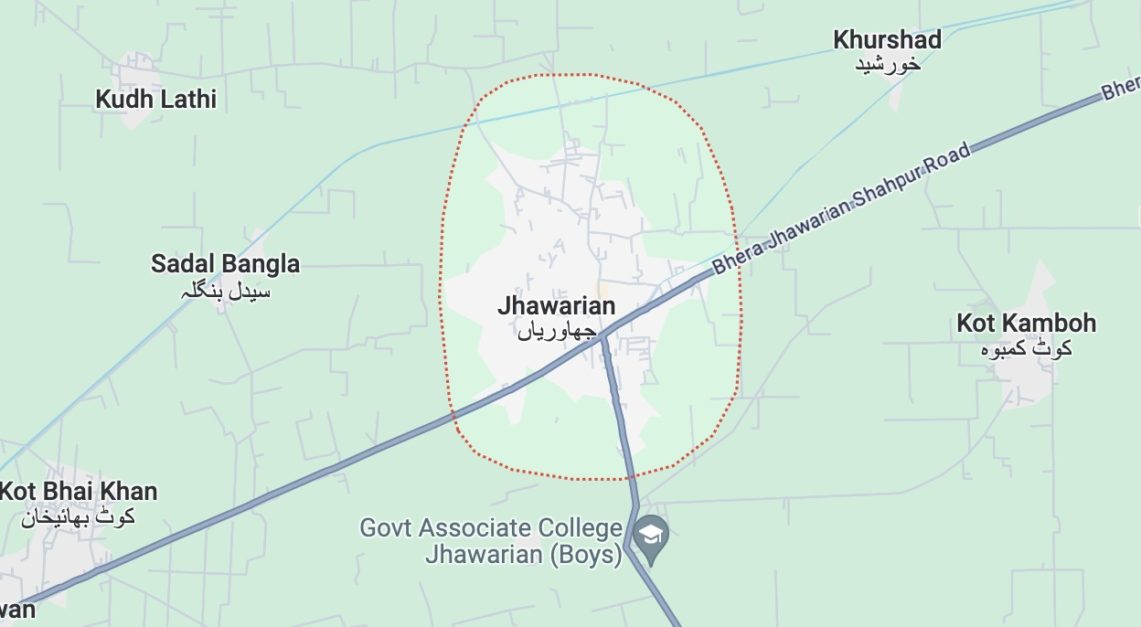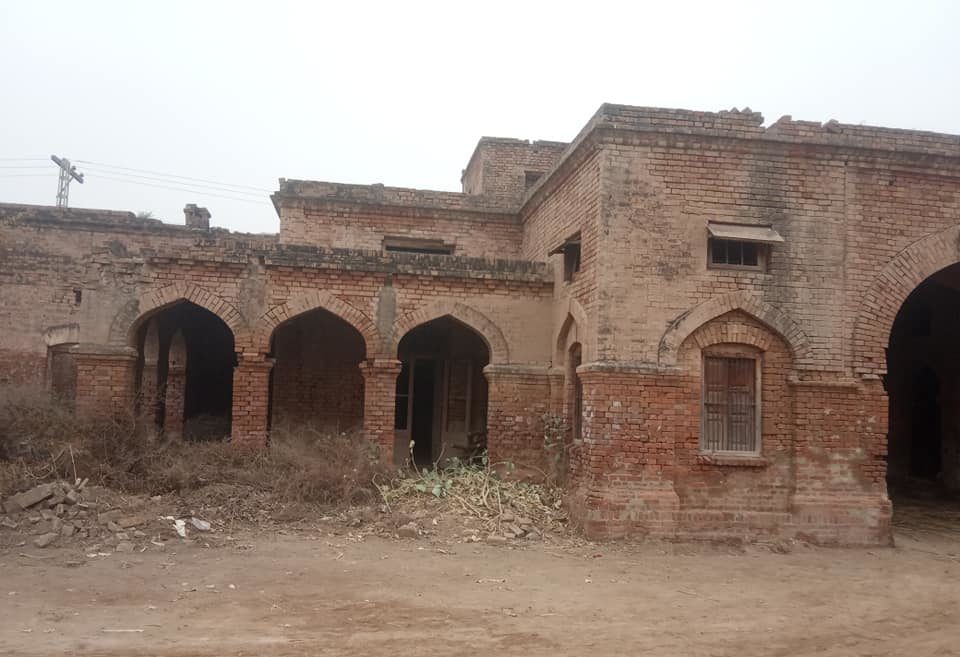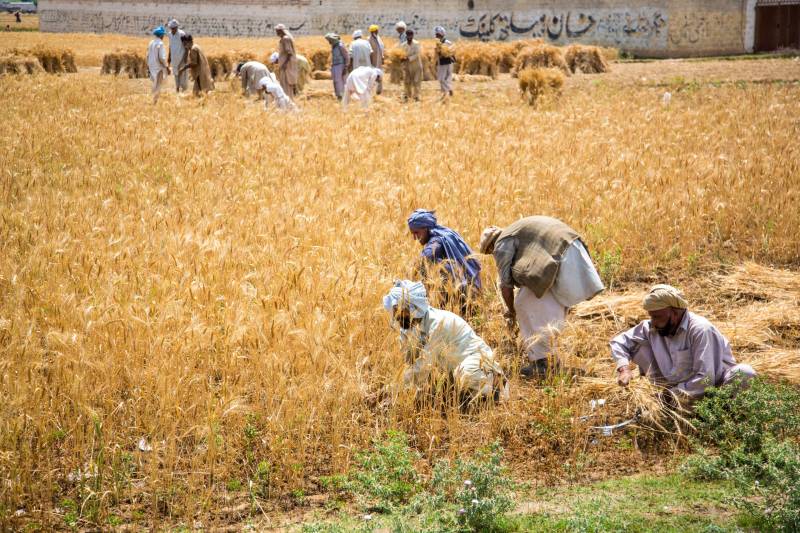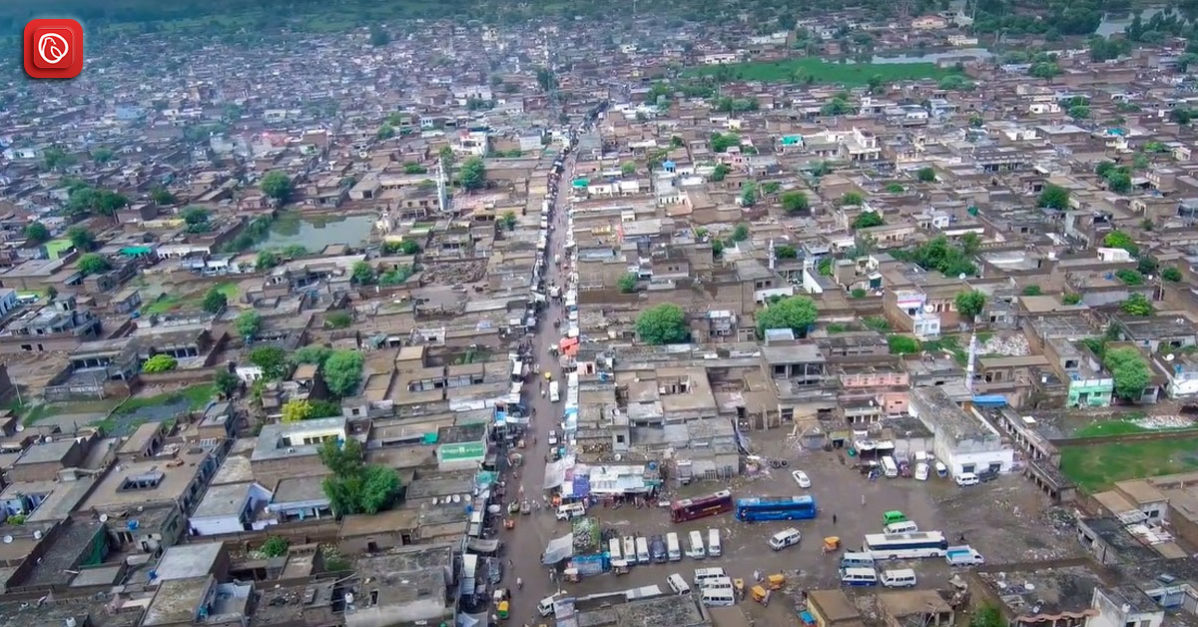The town of Jhawarian is located in Pakistan’s Punjab region, surrounded by the agricultural lands of Sargodha District. Situated near the Jhelum River and along the Sher Shah Suri Highway, this town of approximately 33,000 people provides a window into rural Pakistan.
Graana.com provides you with a thorough introduction to Jhawarian in this blog. Continue reading for more information.
Location

Rich in history, Jhawarian is native to Punjab province in Pakistan, specifically to Shahpur Tehsil, an administrative division of Sargodha District. The Jhelum River, the region’s lifeblood, flows nearby and serves as an essential water supply.
Jhawarian is easily accessible by car due to its ideal location on the GT road for travelers. It’s interesting to note that the town is halfway between Shahpur and Behra. Another important landmark is Kalra Estate, which is three kilometers distant.
Kalra Estate

Malik Sahib Khan rewarded him for his assistance during the Great Revolt of 1857 by establishing the Kalra estate. Malik Umar Hayat Tiwana later inherited it, joining the Council of State of India and creating a flag for the estate. The estate was home to Sikhs, Hindus, and Muslims coexisting and working together as a multireligious society. The British Court of Wards even oversaw the estate’s administration in its early years.
History
With a long six-century history, Jhawarian is proud of its past. The town was founded by the Bhatti Rajput tribe, who came from Pindi Bhatian. The Jhelum River was close by, and the area was fertile.
British administration saw the construction of a police station at the beginning of the 20th century. Jhawarian prospered as a varied society where Hindu families coexisted harmoniously with the Muslim majority for years before the partition of India in 1947.
Sadly, though, the split resulted in the forced relocation of every Hindu and Sikh person. The population statistics show this demographic shift: in 1931, there was a sizable Hindu and Sikh community in Jhawarian, but with partition, the population became exclusively Muslim by 1951.
Culture of Jhawarian
Most people in this town are from Punjab, and Islam is the predominant religion. This town is home to numerous mosques and shrines. In the town, the biggest mosque is called Jamia Masjid Kalan. There is enough room for over 2500 individuals to pray simultaneously there.
Languages Spoken in Jhawarian
Punjabi, the most widely spoken language in the area, dominates the Jhawarian language, reflecting the rich linguistic tapestry of Punjab province, Pakistan. Pakistan’s national language, Urdu, is also spoken there, possibly by a sizable section of the populace.
With Punjabi functioning as the everyday language and Urdu facilitating communication throughout the country, Punjab’s multilingualism echoes the cultural diversity that has traditionally influenced the province.
Economy and Agriculture

Jhawarian provides a distinctive fusion of business development and rustic appeal. Tucked down in Punjab, Pakistan’s Shahpur Tehsil, Sargodha District, the town has a centuries-old rich history.
Jhelum River and GT road‘s proximity have actively aided Jhawarian’s development as a thriving commercial hub. Residents enjoy the convenience of numerous markets and businesses brimming with daily necessities.
To accommodate its growing population, the town actively strengthens its infrastructure by building schools, colleges, a hospital, and a police station.
Despite its commercial growth, Jhawarian’s culture remains firmly rooted in agriculture. The Jhelum River provides irrigation for fertile land, contributing substantially to the area’s agricultural output.
Jhawarian is one of the main producers in Sargodha District, with fields full of crops, including wheat, rice, sugarcane, and cotton. This town is vibrant and changing, as seen by the combination of commercial activity and agricultural prowess.
FAQs on Jhawarian
Following are some of the top FAQs on Jhawarian.
What location is Jhawarian?
Jhawarian is located in Pakistan’s Punjab Province’s Sargodha District.
What is Jhawarian’s size?
Jhawarian’s population is projected to be 27,893 individuals.
What role does Jhawarian play in history?
With a long six-century history, Jhawarian is proud of its past. The town thrived because of its rich soil and proximity to the Jhelum River, and the Bhatti Rajput tribe founded it.
Which religion predominates in this town?
The majority religion in Jhawarian is Islam, as seen by many mosques and shrines. The biggest mosque in the community is called Jamia Masjid Kalan.
What are the native languages?
Jhawarian’s speech is dominated by Punjabi, the most widely spoken language in Punjab. Urdu, Pakistan’s national language, is also spoken by many residents.
What is the state of the Jhawarian economy?
Jhawarian combines business with a touch of the countryside. The town serves as a commercial hub with stores and markets that provide necessities. Agriculture remains the main industry, with crops including cotton, rice, wheat, and sugarcane thriving on the rich soils that the Jhelum River irrigates.
What effects does the Jhelum River have on the town?
A significant part of Jhawarian history and economy is the Jhelum River. The closeness of the river inspired the town’s founding. The river also serves as an essential water supply for irrigation, which in turn promotes the growth of agriculture.
How well-connected is Jhawarian via car?
Travellers may easily reach Jhawarian via vehicle thanks to its handy location on the Sher Shah Suri Highway.
Are there any landmarks nearby?
The settlement is three km from Kalra Estate, between Shahpur and Behra.
Do the locals have a varied history?
A sizable Hindu and Sikh population resided in Jhawarian alongside the main Muslim population until the 1947 partition of India uprooted them.
The town of Jhawarian, rich in natural resources and history, provides a window into rural Pakistan. With its origins in agriculture and its current growth as a commercial hub, Jhawarian offers a distinctive fusion of history and modernity.
Jhawarian will intrigue you, whether you seek its historical landmarks, immerse yourself in Punjabi culture, or simply admire the lush landscapes. So, gather your belongings and discover this undiscovered treasure in the Punjab region of Pakistan.
For more details, visit the Graana blog.




